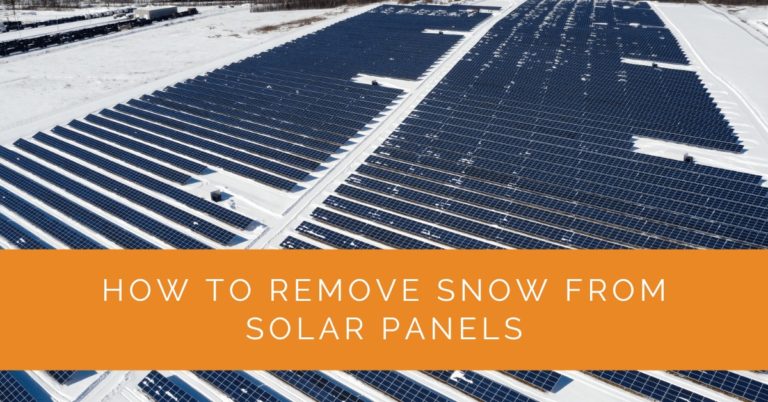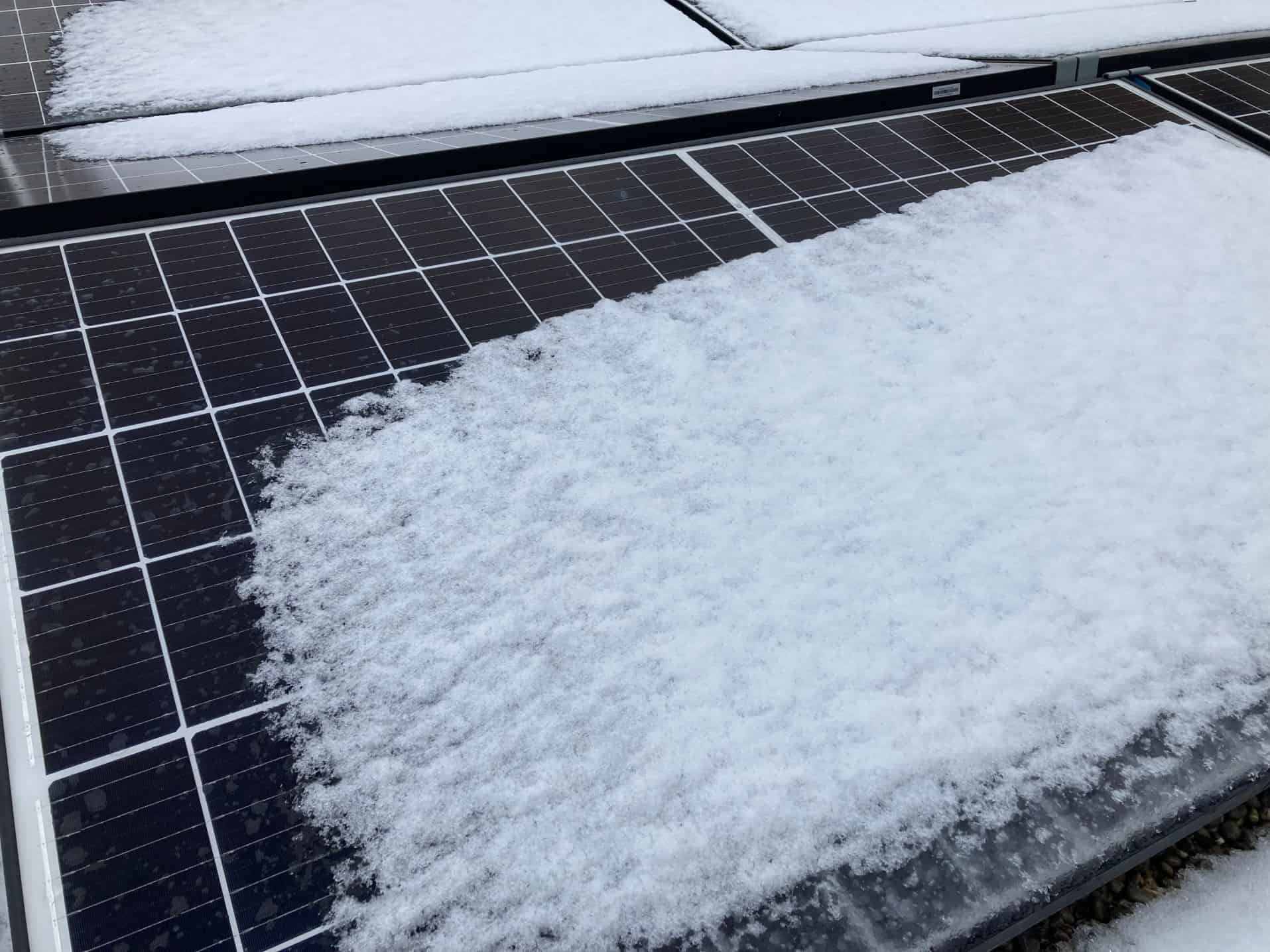Automatically Remove Snow From Solar Panels

Imagine a crisp winter morning, the sun attempting to peek through a blanket of snow. The landscape is pristine, a postcard-perfect scene – except for the dull, snow-covered solar panels on rooftops, silently mocking the promise of clean energy. They stand idle, potential power generation stifled under a thick, icy shroud.
The development of automated snow removal systems for solar panels represents a significant leap towards maximizing renewable energy efficiency. It ensures consistent energy production even in harsh winter conditions, paving the way for greater grid stability and a more reliable return on investment for solar energy adopters.
The Frustrations of Snow-Covered Panels
For years, solar panel owners in snowy regions have battled the frustrating reality of snow accumulation. The problem isn't just aesthetic; even a thin layer of snow can significantly reduce, or even completely block, sunlight from reaching the photovoltaic cells. This leads to a dramatic drop in energy output, impacting both individual homeowners and large-scale solar farms.
Traditional methods of snow removal are often labor-intensive and potentially dangerous. Climbing onto roofs in icy conditions poses a significant safety risk. Using tools like brooms or rakes can scratch the panel surfaces, diminishing their long-term performance.
Manual snow removal is simply not a scalable or sustainable solution for widespread solar adoption in colder climates.
The Rise of Automated Solutions
Recognizing the limitations of manual methods, engineers and innovators have been working diligently to develop automated snow removal systems. These systems employ a variety of approaches, each with its own advantages and disadvantages.
Mechanical Systems: Brushes and Wipers
One approach involves the use of mechanical brushes or wipers that sweep across the panel surface, dislodging the snow. These systems can be effective in removing relatively light and fluffy snow. However, they may struggle with heavy, compacted snow or ice buildup. The potential for wear and tear on the moving parts is also a consideration.
Companies like AlpenAdria Energie in Austria, have been experimenting with robotic systems that traverse solar panel arrays, autonomously clearing snow. These robots are equipped with sensors to navigate the panels and adjust their cleaning pressure based on the snow conditions.
Thermal Systems: Heating Elements
Another strategy involves embedding heating elements within or behind the solar panels. These elements gently warm the panel surface, causing the snow to melt and slide off. Thermal systems can be particularly effective at removing ice and compacted snow. However, they require additional energy to operate, potentially reducing the overall efficiency of the solar installation.
According to a study by the National Renewable Energy Laboratory (NREL), the energy consumption of thermal snow removal systems needs to be carefully balanced against the increased energy production they enable. The effectiveness of these systems is also highly dependent on the ambient temperature and snow conditions.
Vibration Systems: Shaking it Off
A more innovative approach utilizes vibration technology to dislodge snow. These systems generate vibrations that shake the panels, causing the snow to break its bond and slide off. Vibration systems are generally energy-efficient and do not require direct contact with the panel surface, minimizing the risk of damage.
Researchers at Cold Climate Innovation are exploring the use of ultrasonic vibrations to clear snow from solar panels. Their research suggests that ultrasonic vibrations can be highly effective at removing snow and ice, with minimal energy consumption.
The Economic and Environmental Benefits
The widespread adoption of automated snow removal systems for solar panels could have significant economic and environmental benefits. By ensuring consistent energy production throughout the winter months, these systems can improve the return on investment for solar energy adopters.
Greater energy production from solar panels also reduces the reliance on fossil fuels, contributing to a cleaner and more sustainable energy future. This is particularly important in regions that rely heavily on coal or natural gas for winter heating and electricity generation.
According to the International Renewable Energy Agency (IRENA), increasing the utilization rate of existing renewable energy infrastructure is crucial for achieving global climate goals. Automated snow removal systems can play a vital role in maximizing the output of solar installations, helping to accelerate the transition to a low-carbon economy.
Challenges and Future Directions
Despite the promising advancements in automated snow removal technology, several challenges remain. The initial cost of installing these systems can be a barrier for some homeowners and businesses. The durability and reliability of the systems in harsh winter conditions also need to be thoroughly tested and proven.
Further research and development are needed to optimize the energy efficiency of thermal and vibration systems. The integration of weather forecasting data and artificial intelligence could enable the systems to proactively respond to changing snow conditions, further improving their performance.
One exciting area of research involves the development of self-cleaning solar panels with hydrophobic coatings. These coatings repel water and snow, making it easier for the snow to slide off naturally. However, these coatings can be expensive and may degrade over time, requiring periodic reapplication.
A Bright Future for Winter Solar
The development of automated snow removal systems for solar panels represents a significant step towards unlocking the full potential of renewable energy in colder climates. While challenges remain, the ongoing innovation and research in this field are paving the way for a future where solar energy can reliably power our homes and businesses, even on the snowiest of winter days.
Imagine, once again, that snow-covered landscape. But this time, picture the solar panels actively shedding their icy burdens, diligently converting sunlight into clean, sustainable energy. It's a vision of resilience, innovation, and a commitment to a brighter, greener future. And it's a vision that is rapidly becoming a reality, thanks to the ingenuity and dedication of engineers and innovators around the world.




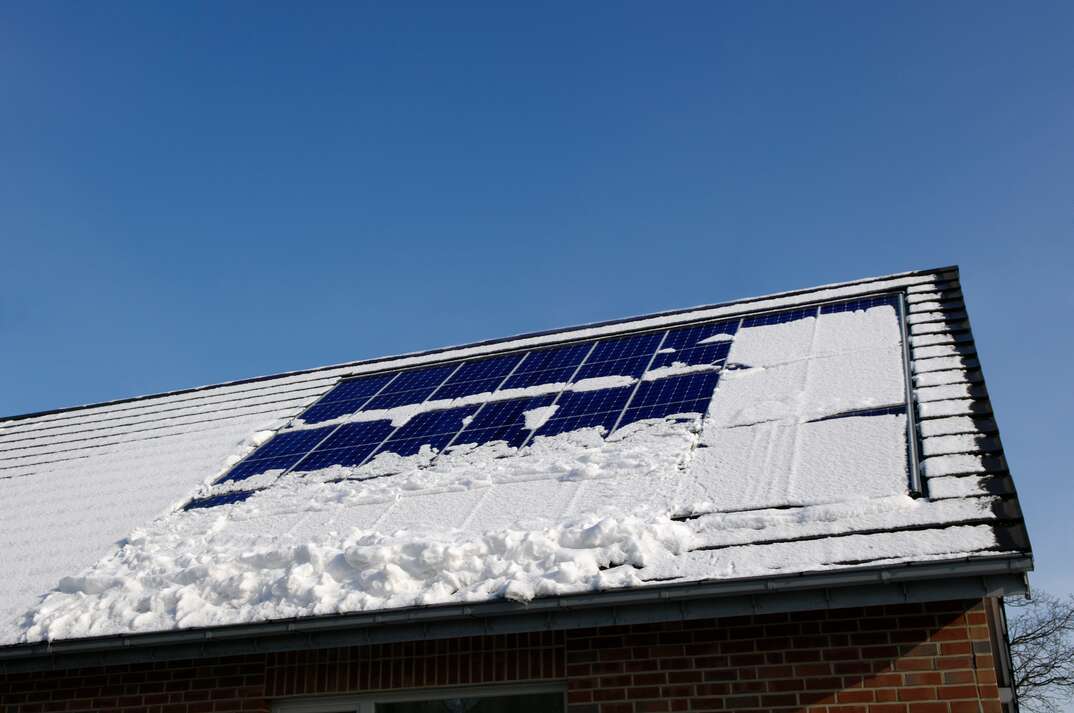
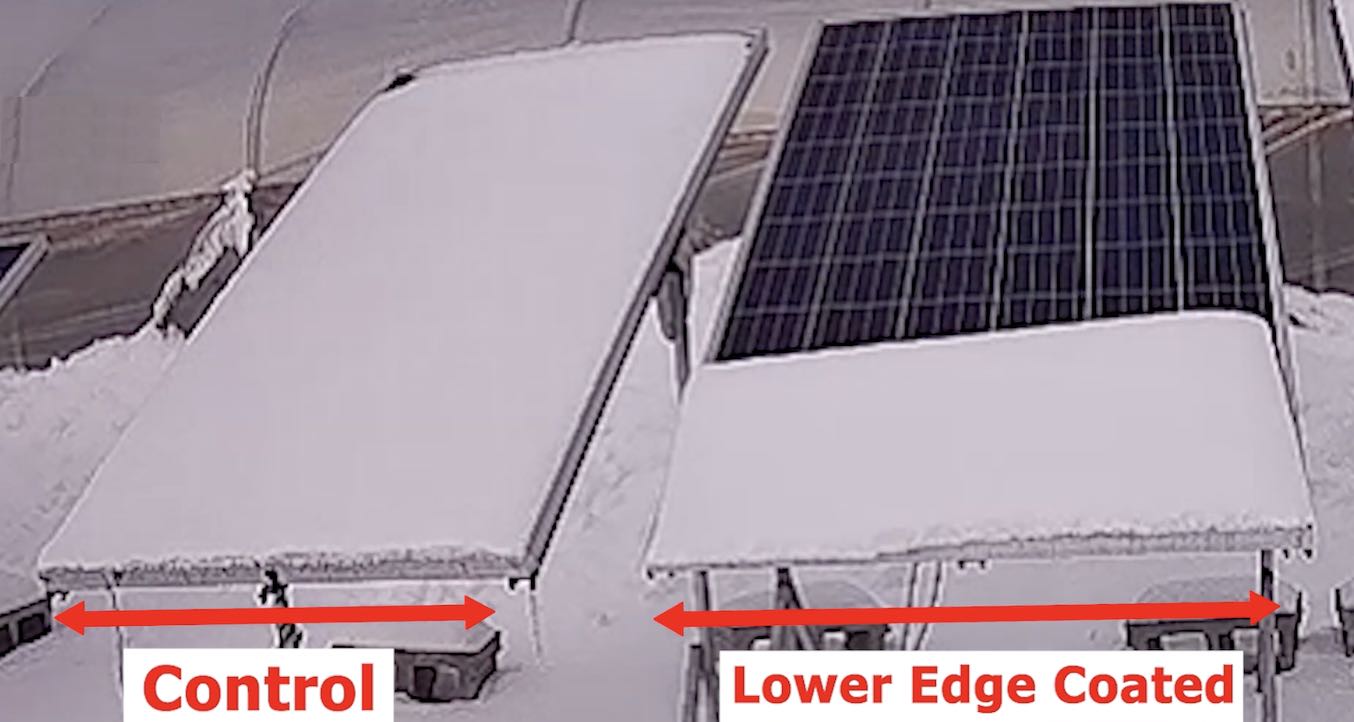
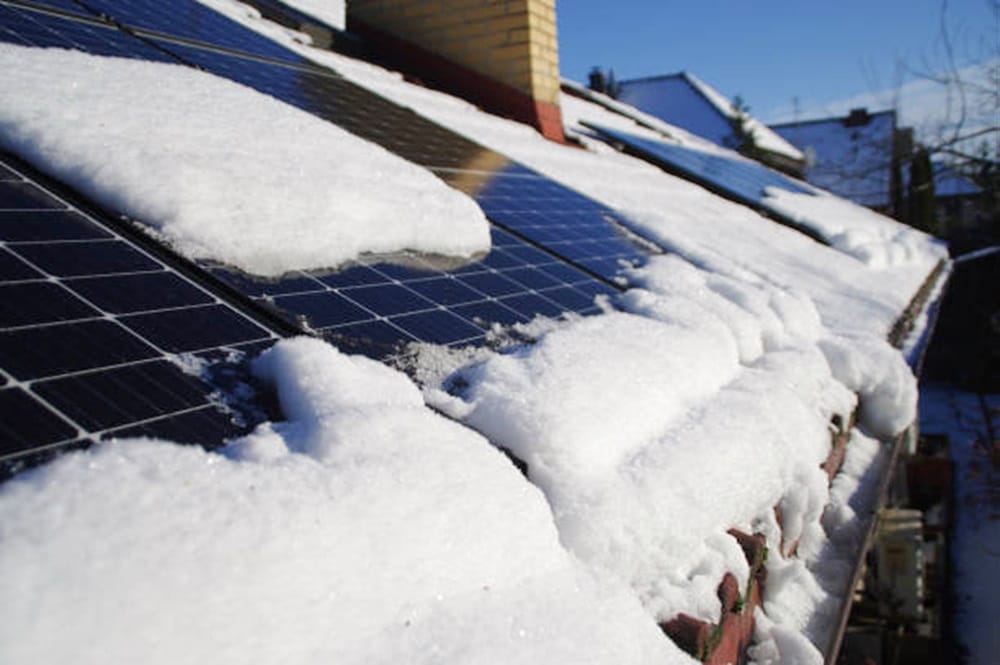


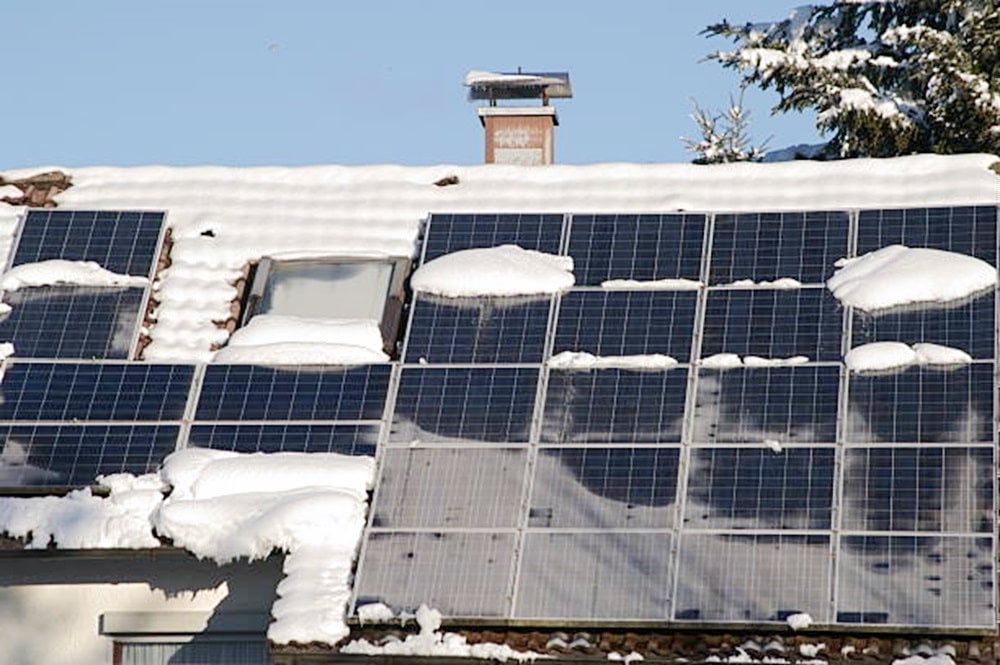
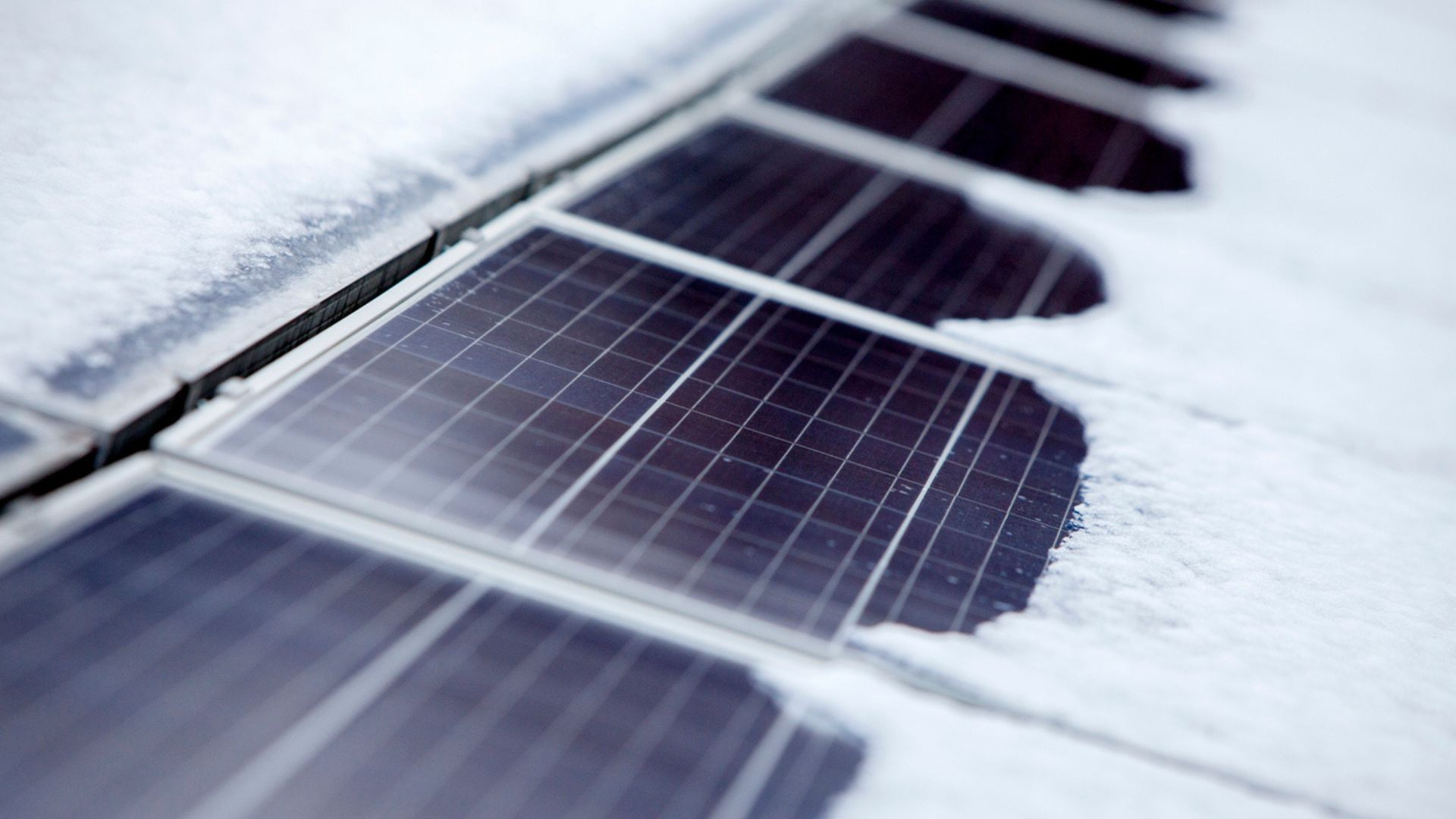
![Automatically Remove Snow From Solar Panels How to Keep Snow Off Solar Panels? [Tools & Methods]](https://www.electricrate.com/wp-content/uploads/2023/03/do-solar-panels-work-when-covered-with-snow.jpg)


